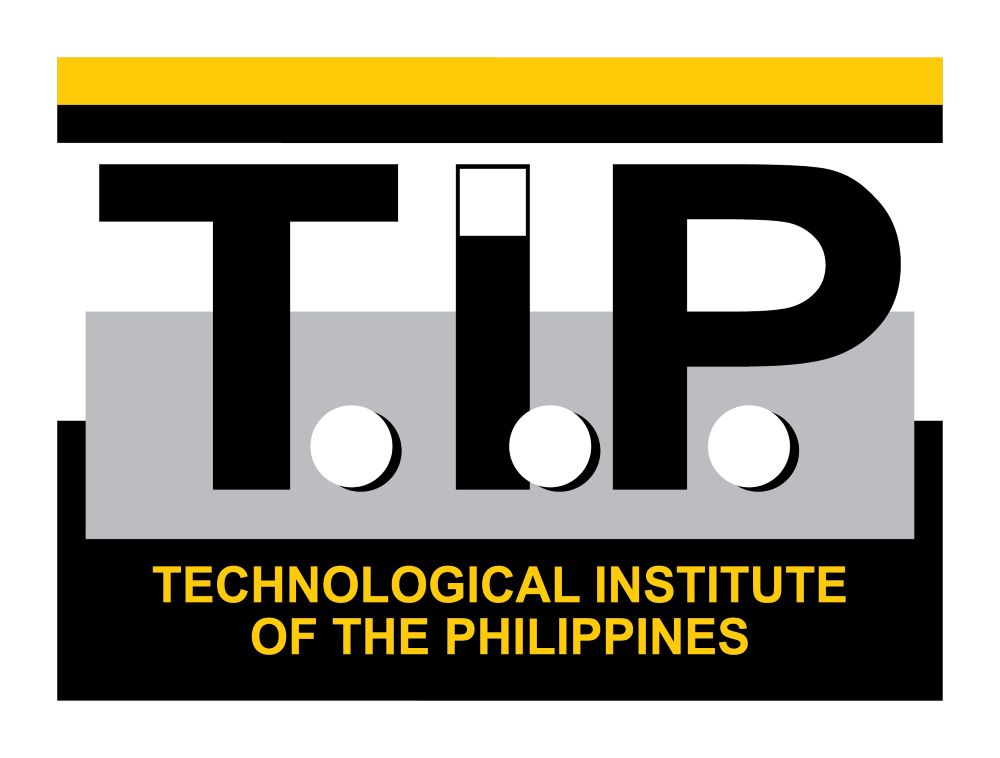Phyto Vortex Tech integrates phytoremediation, FOG (fat, oil, grease) remover, and vortex technologies to eliminate primary and secondary effluents from water sources using reed beds and plants as organic decontaminants. The system is the first of its kind in the Philippines.
Fresh from the success of its latest plant-based wastewater treatment project, the Technological Institute of the Philippines (T.I.P.) bats for more possible areas of collaboration with industries and government to scale up sustainable innovations designed to address water pollution.
Through its Technopreneurship and Collaborative Applied Research (TechnoCoRe) thrust, T.I.P. is now completing the product and system operations manual for its phyto vortex technology to facilitate its adoption in other sewage treatment facilities.
T.I.P. has been working on the project since 2021, after signing a research collaboration agreement with Subic Water and Sewerage Co., Inc. (SUBICWATER), under the official project title “Constructed Wetland for Wastewater Treatment of Effluent from a Water Provider.”
The school rendered extensive applied research services courtesy of faculty members, students, and consultants from its various engineering programs led by the Chemical Engineering Department of T.I.P. Manila and the TechnoCoRe Catalyst Office.

They worked together with industry practitioners to design, test and validate the efficiency, reliability and sustainability of the phyto vortex system, according to T.I.P. Manila vice president for Academic Affairs Dr. Rosalinda Valdepeñas.
A series of design upgrades were done to ensure that the integrated technologies used can successfully treat wastewater in compliance with the Water Quality Guidelines and General Effluent Standards set by the Department of Environment and Natural Resources (DENR).
The project was inaugurated last April 17, 2023 at the CUBI Sewage Treatment Plant of SUBICWATER in Subic, Zambales with officials from the Department of Science and Technology (DOST), the Subic Bay Water Regulatory Board (SBWRB), Subic Bay Metropolitan Authority (SBMA) Ecology Center, SBMA Public Works and Technical Services Group, and Morong Water District in attendance.
DOST financed more than half of the estimated PHP8.3-million total project costs while T.I.P. and SUBICWATER shouldered the rest. Rollout for the phyto vortex system on other sites will depend on SUBICWATER and other interested local government units.
“We hope that the impact of this collaborative endeavor goes beyond the confines of Subic as the phyto vortex system holds immense potential for large-scale application throughout the Philippines,” Dr. Valdepeñas said.
The project is part of the DOST Collaborative Research and Development to Leverage Philippine Economy (CRADLE) program with the Philippine Council for Industry, Energy, and Emerging Technology Research and Development (PCIEERD) as the monitoring body.
Dr. Valdepeñas thanked DOST-CRADLE and SUBICWATER for entrusting T.I.P. with this technological opportunity. “It serves as a shining example of how academia and industry can collaborate to create real-world solutions that benefit our society,” she said.

For inquiries about T.I.P.’s applied research services, email [email protected]. You may also visit the official TechnoCoRe website. For more information on T.I.P., log on to tip.edu.ph or follow its social media accounts through @TIP1962official on Facebook, Twitter, and Instagram.

